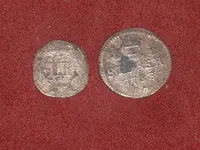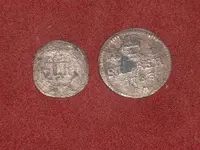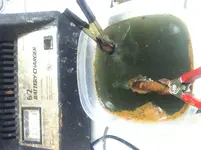Cool Hand Fluke
Bronze Member
I dug up this 1902 V nickel yesterday. it took only about 25 minutes of electrolysis to get it looking better!
Electrolysis is one of the best ways to clean a dug old nickel. All is need is a 9 volt 300mA adaptor, plastic or glass
bowl, table salt, warm water, stainless steel spoon, and two alligator clips attached to wires after you cut off the plug.
Electrolysis is one of the best ways to clean a dug old nickel. All is need is a 9 volt 300mA adaptor, plastic or glass
bowl, table salt, warm water, stainless steel spoon, and two alligator clips attached to wires after you cut off the plug.
Amazon Forum Fav 👍
Attachments
-
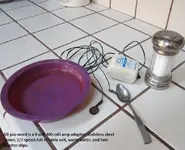 Electrolysis cleaning 001.webp35.3 KB · Views: 830
Electrolysis cleaning 001.webp35.3 KB · Views: 830 -
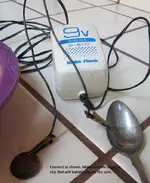 Electrolysis cleaning 002.webp38.4 KB · Views: 817
Electrolysis cleaning 002.webp38.4 KB · Views: 817 -
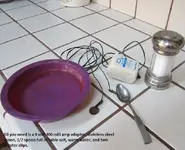 Electrolysis cleaning 001.webp35.3 KB · Views: 662
Electrolysis cleaning 001.webp35.3 KB · Views: 662 -
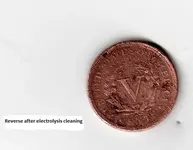 V Nickel cleaned rev014.webp16.1 KB · Views: 668
V Nickel cleaned rev014.webp16.1 KB · Views: 668 -
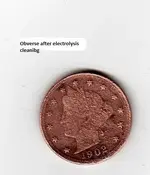 V Nickel cleaned013.webp17.8 KB · Views: 635
V Nickel cleaned013.webp17.8 KB · Views: 635 -
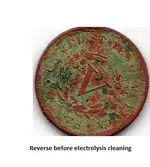 V Nickel revere012.webp17.7 KB · Views: 588
V Nickel revere012.webp17.7 KB · Views: 588 -
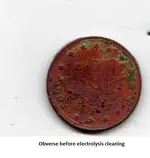 V Nickel011.webp12.4 KB · Views: 638
V Nickel011.webp12.4 KB · Views: 638 -
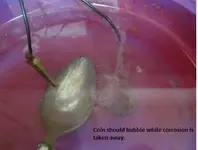 Electrolysis cleaning 003.webp12.3 KB · Views: 785
Electrolysis cleaning 003.webp12.3 KB · Views: 785 -
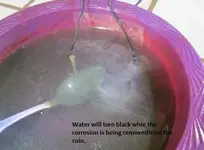 Electrolysis cleaning 004.webp15.7 KB · Views: 760
Electrolysis cleaning 004.webp15.7 KB · Views: 760
Upvote
0




